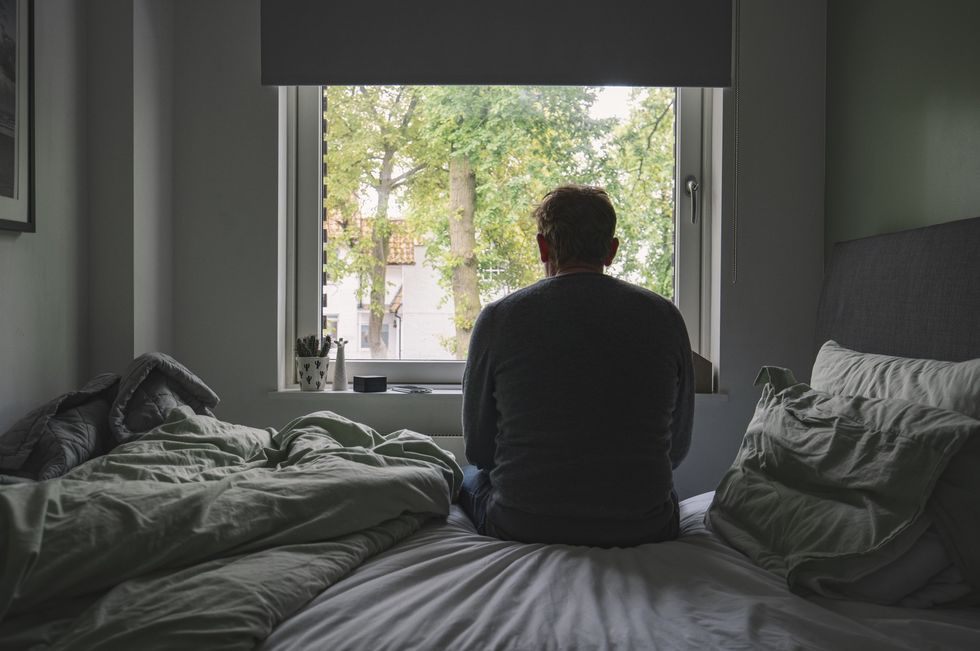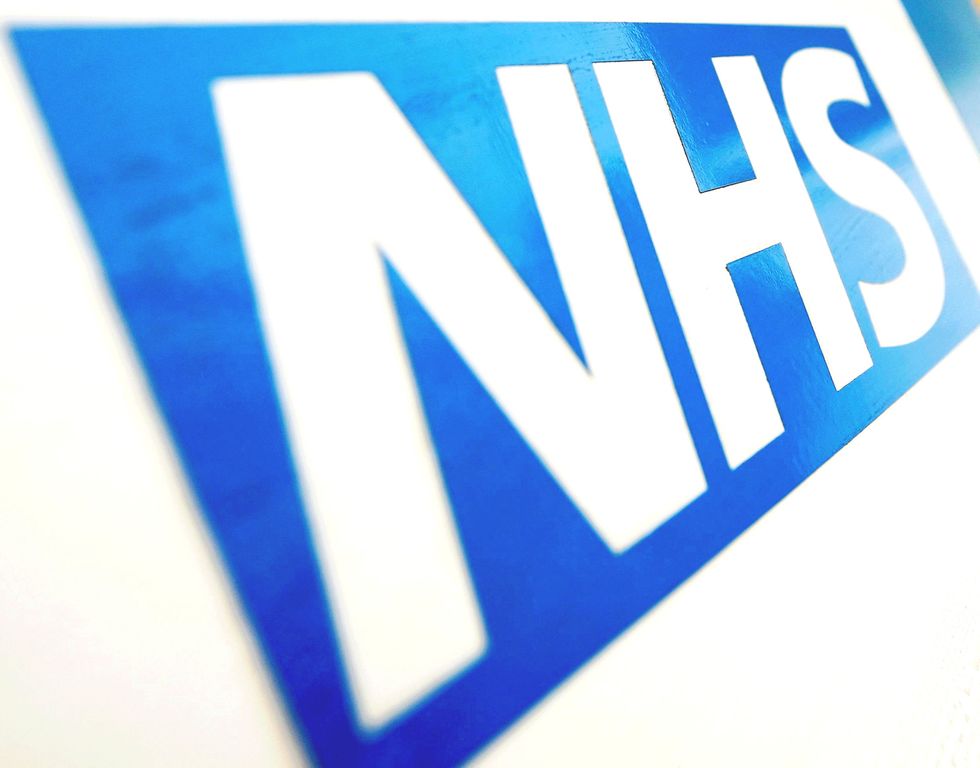Public sector workers are taking mental health sick days at three times the rate of private sector employees, new analysis has revealed.
The latest Labour Force Survey found state employees lost nearly 0.5 per cent of all working hours to mental health conditions in 2022, compared to just 0.15 per cent in the private sector.
The crisis comes as local authorities face bankruptcies, the NHS grapples with lengthy waiting lists, and overcrowded prisons are forced to release criminals early.
Mental health absences nationwide grew by 6.6 per cent between 2020 and 2022, rising from 13.7 million to 14.6 million days.

Public sector workers are taking mental health sick days at three times the rate of private sector employees
Getty
The sickness absence rate among state employees reached 3.6 per cent in 2022, with one-in-eight of these days taken for mental health conditions including stress, depression, anxiety and serious psychiatric problems.
NHS England staff took 46.5 per cent more mental health sick leave in 2024 than before the pandemic, while facing over 100,000 unfilled vacancies.
Local authority workers across 273 councils took more than 6.4 million mental health sick days between 2021 and 2024.
The Chartered Institute of Personnel and Development found the average employee now takes 7.8 sick days annually, up from 5.8 days before the pandemic in 2019.
LATEST DEVELOPMENTS:

NHS England staff took 46.5 per cent more mental health sick leave in 2024 than before the pandemic
,PA
Helen Whately, the Tory shadow work and pensions secretary, has called on the Government to “get a grip” on what she termed a “growing problem”.
“After the pandemic, more people are struggling with their mental health,” she said. “And the numbers are only going one way.”
She criticised the Government for “dragging their feet on vital reforms” to address the crisis.
“Labour clearly isn’t serious about this after our plan to save £12 billion on the spiralling sickness and benefit budget,” Whately added. “Britain deserves better than a Government which can’t, or won’t, tackle this growing problem.”
In the prison and probation service, mental health sick leave surged by 148.2 per cent compared to 2018, with staff taking 282,457 days off between March 2023 and March 2024.
This represents a 23.7 per cent increase from the previous year’s figure of 228,276 days.
Council workers’ mental health absences have risen by 6.8 per cent since the pandemic, with sick days increasing from 2.1 million to 2.25 million between 2021 and 2024.

Helen Whately, the Tory shadow work and pensions secretary, has called on the Government to ‘get a grip’ on what she termed a ‘growing problem’
GB News
The data shows that 202,227 of Britain’s estimated 1.18 million council workers took mental health leave, averaging 32 days per person.
This comes as 97 per cent of local authorities allow staff to work from home at least one day weekly, despite service cuts.
Ben Harris-Quinney, chairman of the Bow Group think tank, warned the statistics should “cause alarm”, noting poor staff retention and declining health and morale since Covid.
“The patterns are too significant to ignore, and evidence widespread and worsening staff mismanagement,” he said.
TaxPayers Alliance’s Joanna Marchong accused council workers of “treating sick leave like an extended holiday on the public purse”.
NHS England responded that they are “fully committed to ensuring staff get the support they need”, offering flexible working options and mental health support.
The Prison Service spokesman emphasised staff wellbeing as their “top priority”, ensuring access to necessary support.